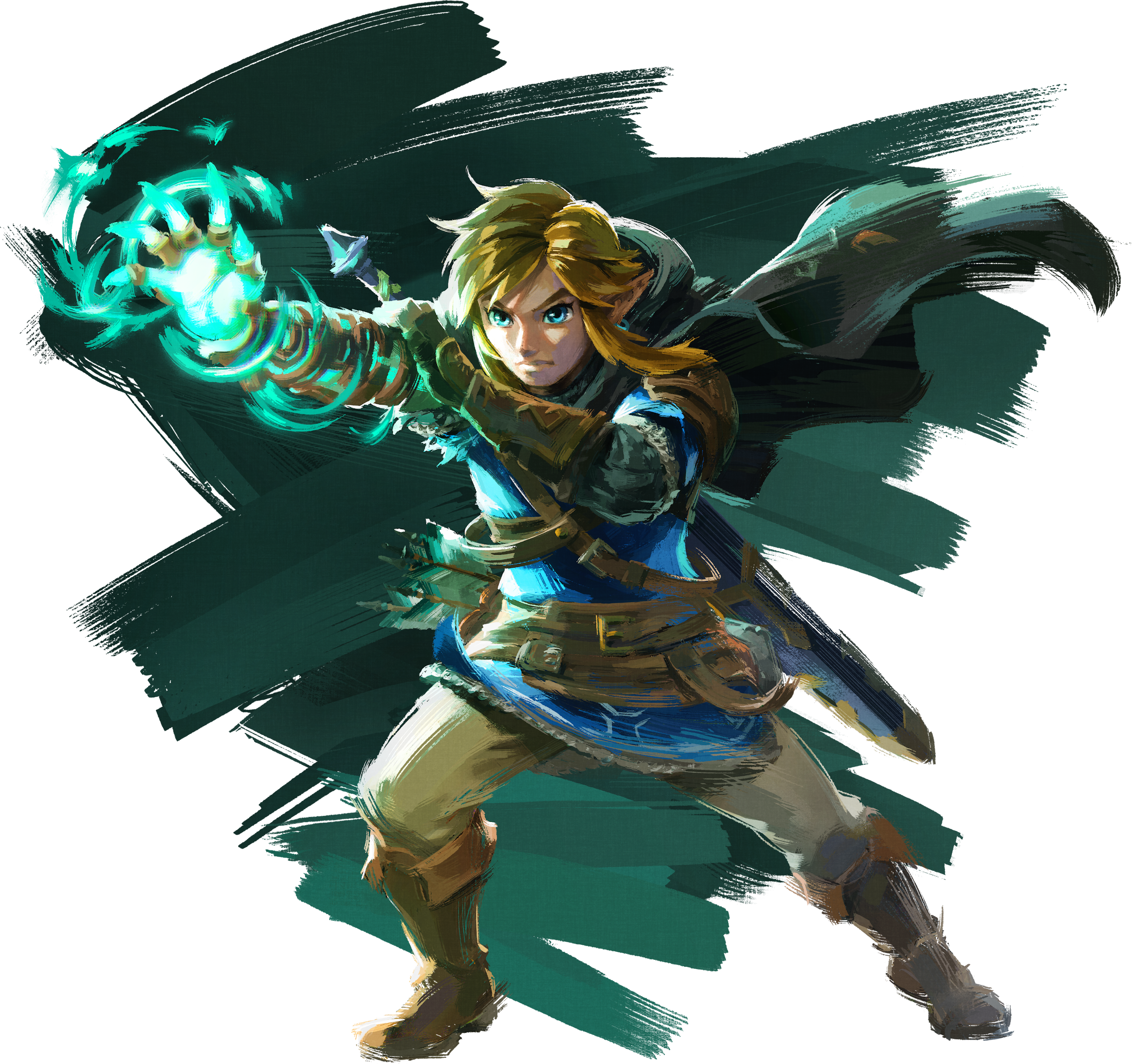12th Archivist wrote:
The biggest split seems to be about how the difficulty curve should progress.
I think I'm one side of the split, so I need to try to explain my side...
The first part presents an element in a straightforward manner, whether it's with explanatory scrolls or just with comments from Beethro.
Well, not quite... I think we all agreed that just telling people how things work isn't a great way. Better to "
force"
them to discover it for themselves, or demonstrate it to them. Voice clips are nice though and make anything more interesting. Actually spelling things out in scrolls or whatever should be left for things that can't be easily demonstrated, either because they aren't game elements (UI features, keys, etc), or are too complex, cumbersome, or unintuitive (snake movement?).
When I say "
force"
them to discover it, I mean make a room (or part of a room) where the player has basically no choice but to do the "
right thing"
. So, when introducing trapdoors, you could have a 1-wide corridor (that they are already used to) but with some trapdoors in the way... The only thing they can do is go across them, and that they have to cross them is obvious. Similarly when introducing anything, be it a new element, a new feature of an element, or an interaction between two elements. Yes, this means there will be a lot of very trivial rooms, but I don't think that's a problem.
Once something has been introduced by a "
no-brainer"
, it can be used in something more of a puzzle. This should be a way for the player to show that they have understood what has just been introduced. It should be a case for them of "
how do I use what I just saw to solve this little puzzle"
, not a case of "
I have no idea what to do here"
. So what would be trivial is made into a puzzle by the new whatever,
not a puzzle that would be tricky anyway, made even more hard by a new thing. You may think this would be too slow, but I disagree. These rooms don't need to be time-consuming for the player. Once they've proved they know what was introduced, you can start increasing the difficulty of the puzzles, to whatever maximum you want, and including more "
things"
together. The more difficult ones should definitely be optional, but the easier ones could be required. The player can always go back to the hub level if they're stuck and come back later.
What I want to avoid specifically is anything where the player is required to discover something new
as part of solving a puzzle with any real difficulty, having to experiment or stumble upon the new thing, introducing several things "
together"
, chances of blundering through things without understanding, and chances of making incorrect assumptions. Anything that could be assumed to work in one way should be demonstrated to either work in that way or to not work in that way. Yes, you can assume the player has a brain, but assuming their brain works "
the right way"
all the time isn't good. Better safe than sorry, and assume it doesn't. Better for them to spend 3 minutes doing simple things than banging their head against a wall for 30 minutes because they didn't "
twig"
. Simple ideas on their own are simple, but two together is a more complex idea... And DROD has a
lot of simple ideas.
For the arrow example, I have no problem with including rotators and switching along with the main arrow section, as long as they are introduced gradually enough. Similar with other related elements.
But continuing with the arrow example, I'll try to list the things I'd want to see covered... You can cross arrows in the direction they're pointing. You cannot cross going the opposite direction. You can cross "
sideways"
. Monsters (that have been introduced previously, so only roaches?) can cross in the same way as you. Monsters are blocked in the same way as you. Monsters cannot kill you "
over"
an arrow, your sword can kill monsters "
over"
an arrow. And yes, I do mean these should be introduced individually, and not just give them a room with a load of roaches and arrows and expect them to either try enough things or look in the right places at the right times while making all the correct observations. Any interactions between arrows and elements introduced later should be introduced along with the later elements... So, snakes don't go across arrows in any direction; explosions don't the wrong way; other monsters (and mimics etc) are affected similarly to roaches. This doesn't mean for every monster you need to show they can cross normally, can't cross the wrong way, etc, then check the player understands it, and so on, just have one of the puzzles in each monster area allow the player to confirm that they do behave as expected.
I think the "
tutorial"
type parts should be unscorable, to allow unrestricted future development. These rooms would be very simple with low move counts and scope for optimization, so I don't think anything would be lost.
[Last edited by Moo at 08-03-2014 04:52 PM]






